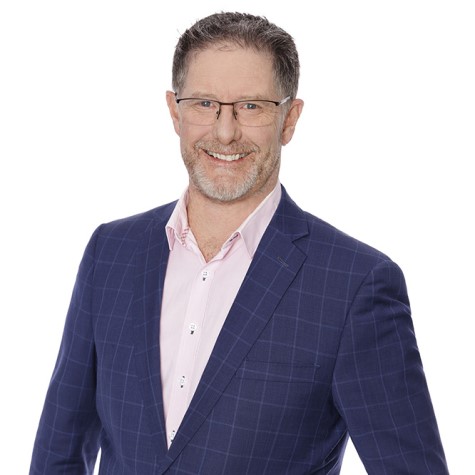To keep up to date with more articles like this, subscribe to Andrew’s newsletter.
Although it may not be something we like to think about, the unexpected does happen. So does the expected, and sometimes much earlier than we anticipate.
There are a number of important elements that, when planned, implemented and reviewed correctly and regularly, work together to make a self-managed superannuation fund (SMSF) operate successfully. One of the most critical, and often overlooked of these, is succession planning.
Succession planning can be daunting and so it is no surprise many tend to put it off until a later stage. However, it is important that every member of an SMSF develops a clear and concise personal succession plan to help ensure that in the event something happens to that member, there is a smooth succession process in place that ensures:
a) The right person(s) receive the right amount of money and assets from the fund; and
b) The right person(s) have control of the fund.
Having no succession plan can put the control of the fund and the fate of a member’s benefit in jeopardy and can cause unnecessary trouble, stress and uncertainty. It could mean that the fund and its assets fall into the wrong hands and the member’s wishes are not carried out.
There are a number of essential considerations that need to be made when it comes to SMSF succession planning. One that is often neglected is loss of capacity.
Succession on loss of capacity
Loss of capacity refers to when an individual loses mental capacity and is unable to administer their own affairs or make legally recognised decisions (meaning such decisions would not hold up in a court of law). One of the leading causes of loss of capacity is dementia. Today, there is an estimated 425,000 Australians living with dementia and this number is expected to increase to over 530,000 (by 2025) and over 1 million (by 2056)1.
Due to the very real risk of losing mental capacity, all SMSF members should plan appropriately for this possibility in their personal SMSF succession plans. One option is to appoint a trusted person to continue running the SMSF as a member’s legal personal representative in the event the member loses mental capacity and is unable to administer the fund themselves – in other words, appointing an enduring power of attorney (EPoA).
Once an EPoA has been appointed, don’t set and forget. An EPoA should be subject to ongoing review, as should the rest of your personal succession plan, and considerations should be given to the scope of the appointment (i.e. what can and can’t an EPoA do on the member’s behalf).
However, just appointing an EPoA is not enough. Contrary to what most may think, this appointment on its own does not enable the EPoA to automatically step into the role of trustee or director of the corporate trustee. This is largely dependent on the SMSF deed, the company’s (trustee) constitution and other relevant legal documents. To help ensure an EPoA does step into the role of trustee or director of the corporate trustee in order to carry out the wishes of the member, one could consider appointing a successor director.
Successor Directors (Corporate Trustee)
Essentially, a member appoints a trusted person (in most cases, but not all, the same person appointed as EPoA) as a successor director who will automatically step into the role of director in the event the member passes away or loses mental capacity. A successor director only has an impact for the company directors and so it is important that a member also has an estate plan and EPoA in place.
It is highly recommended that professional advice is sought to ensure the correct paperwork is completed when appointing an EPoA or a successor director. It is important to note that in order to successfully appoint successor directors, special rules are needed in the company constitution.
The importance of a well thought out, well-structured and complete personal SMSF succession plan cannot be stressed enough, especially with the complexities that can arise when other members and SMSF trustees are involved, or in the case of a corporate trustee, other directors are involved. Without an airtight plan in place, a member can leave themselves in a vulnerable and precarious situation in the event of death or loss of capacity. If you’d like to have a chat to us about putting together a personal SMSF succession plan, or would like us to review a current one, please get in touch with us on (07) 3391 5055 or via advice@mgdwealth.com.au.
Disclaimer: This article contains general information only and is not intended to constitute financial product advice. Any information provided or conclusions made, whether express or implied, do not take into account the investment objectives, financial situation and particular needs of an investor. It should not be relied upon as a substitute for professional advice.
1Dementia Australia. (2018). Key facts and statistics. Retrieved from www.dementia.org.au/statistics

